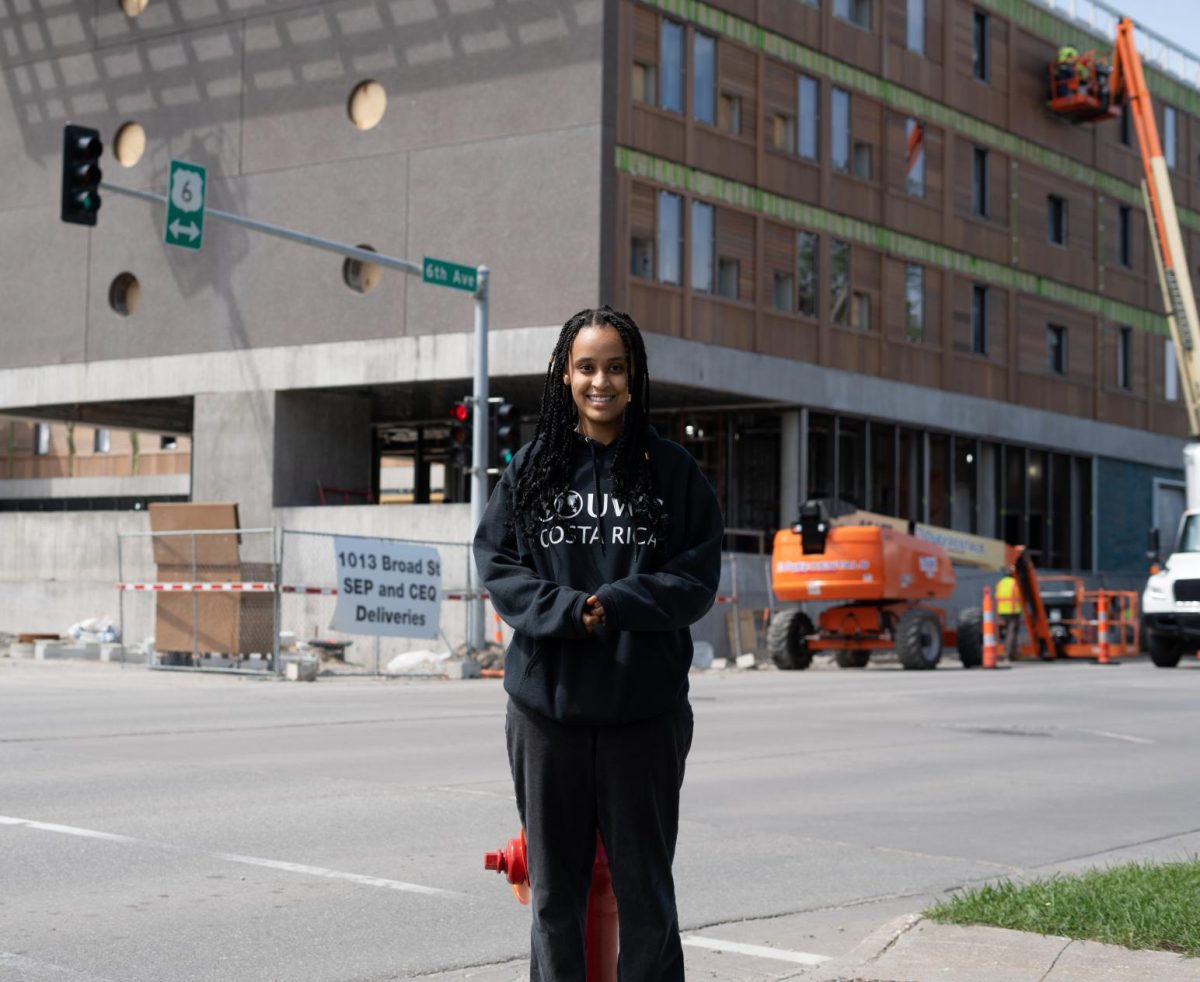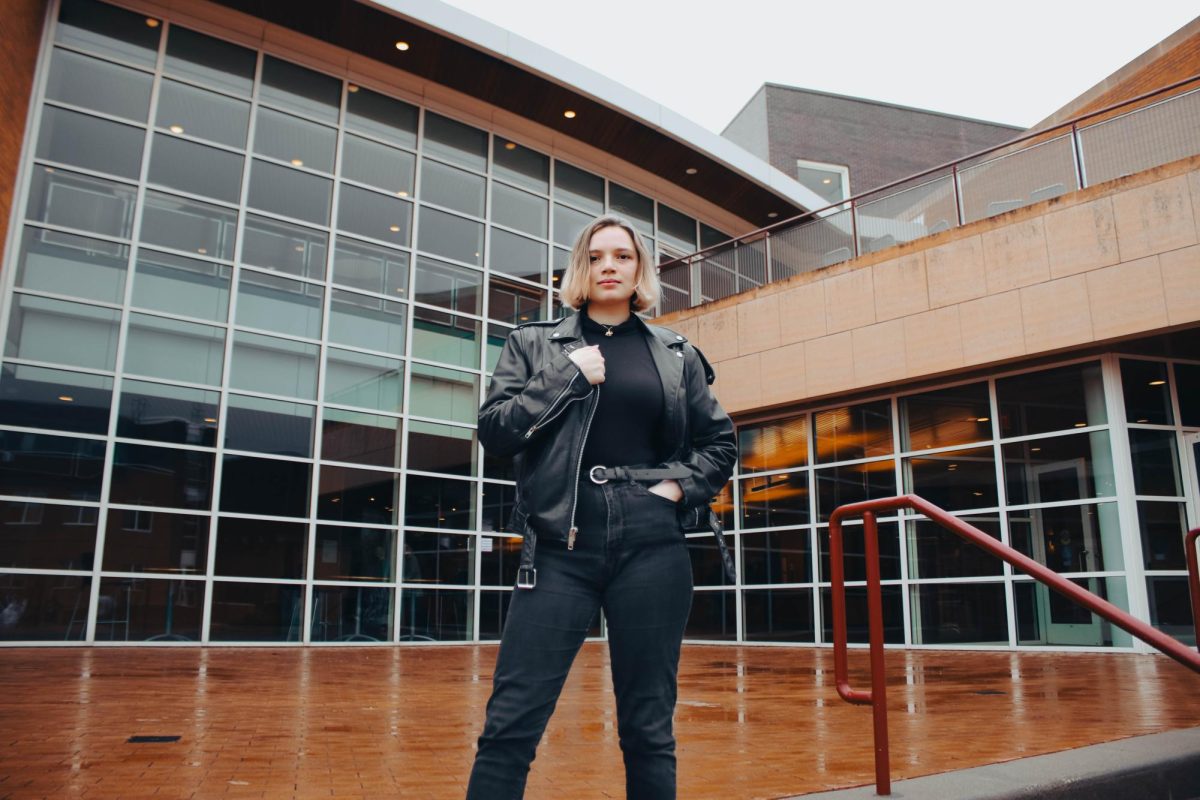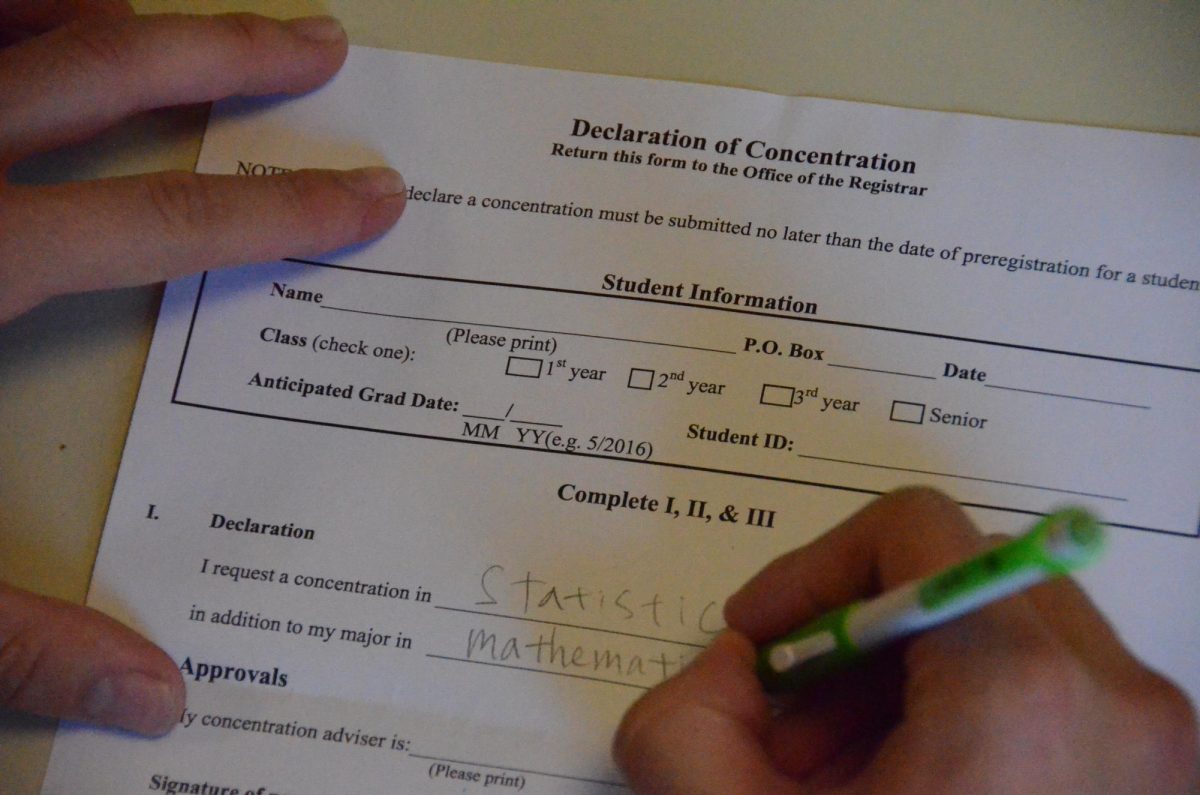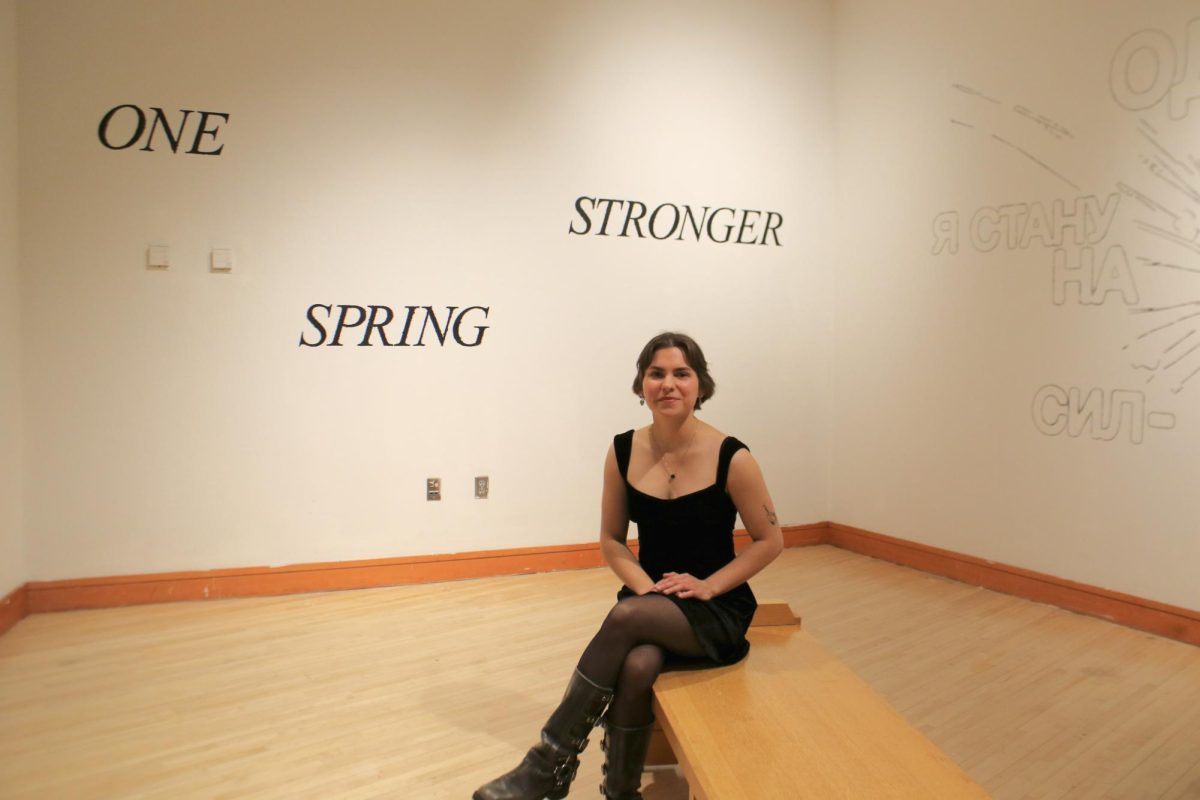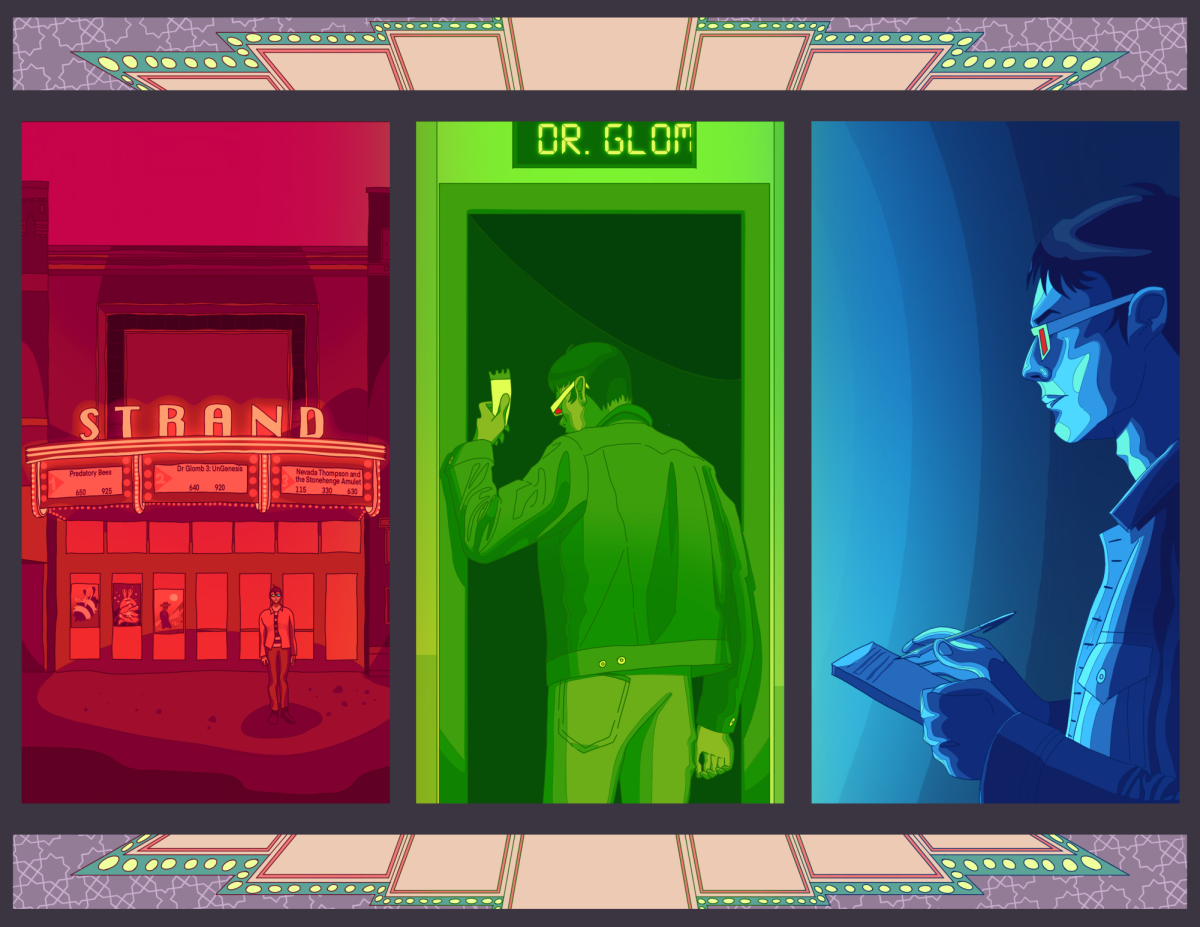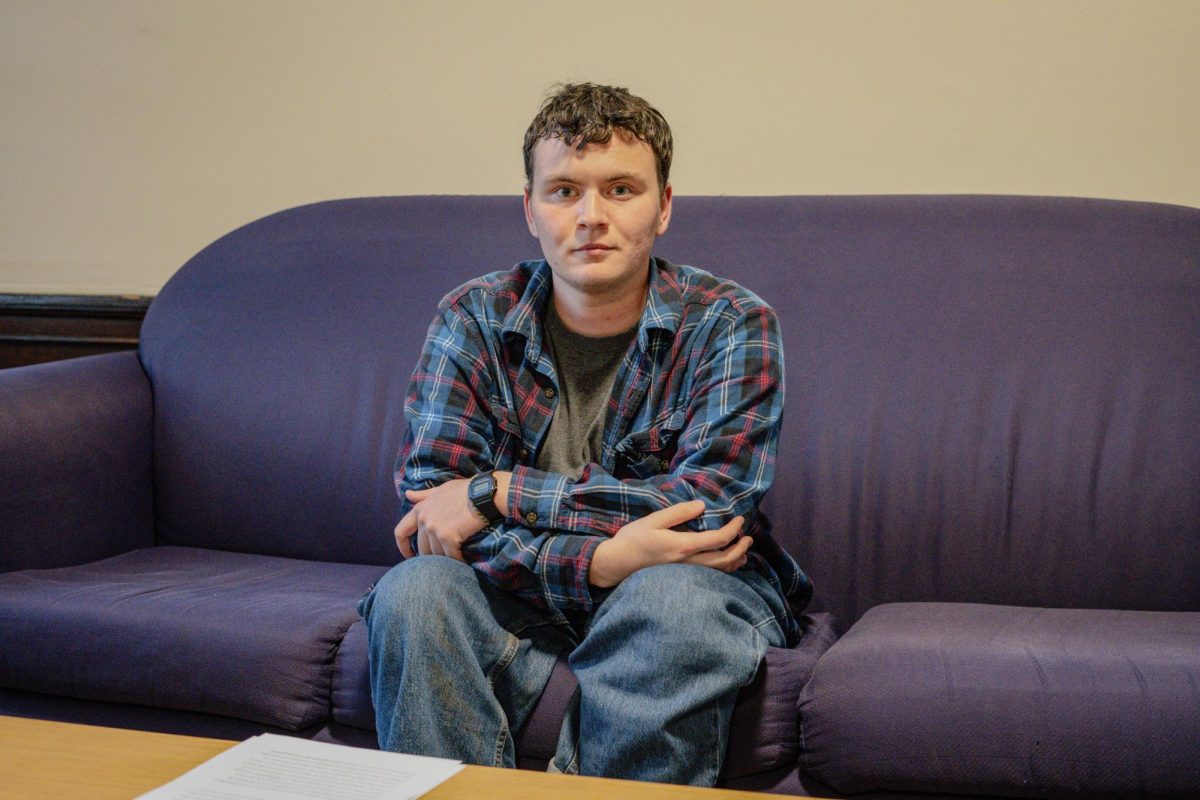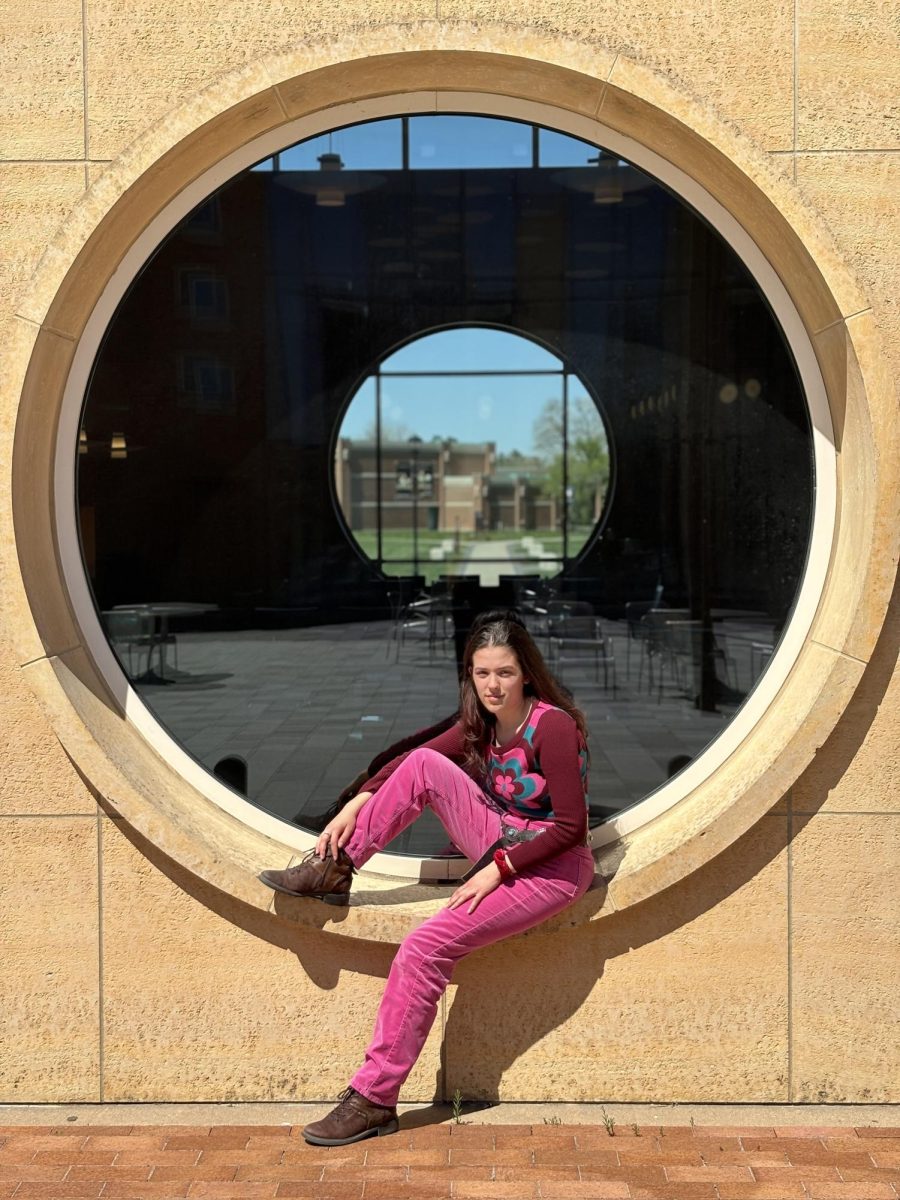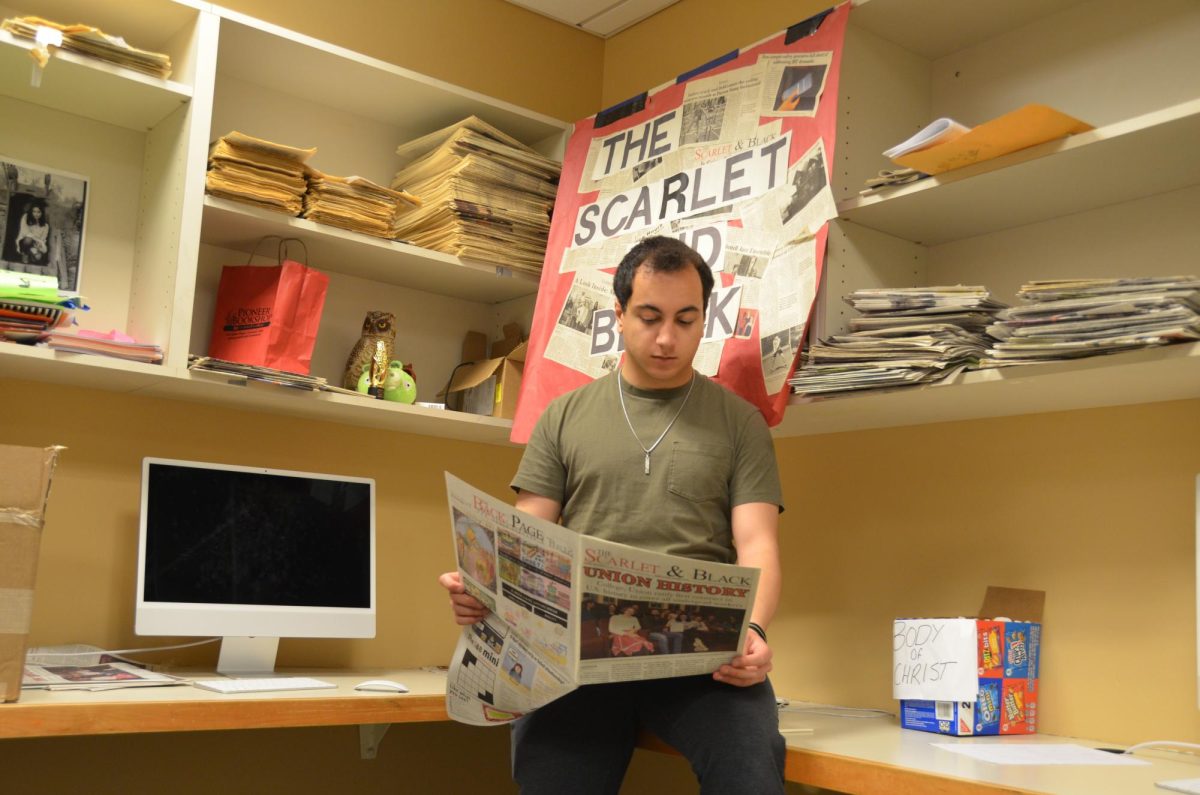The big bad monster in a horror movie does not necessarily have to be called Freddie Krueger or carry a chainsaw, and neither must he or she cause the spilling of an absurd amount of blood. The Swedish movie “Let the Right One In,” directed by Tomas Alfredson, shows just how frightening two lonely children can be. The sub-titled movie begins with a seemingly genderless voice in the dark saying, “Squeal. Squeal like a pig.” After a few seconds, the shot reveals a 12-year-old boy named Oskar, who is directing a knife at an invisible opponent. It takes much longer to identify the object of his threats, a bully at school, who has at least a few friends, unlike Oskar. But Oskar seems to overcome his loneliness when he meets Eli, a girl his age who moves into the apartment right next door.
Eli only comes out at night, does not freeze in the frigid Swedish snow, even without shoes or a jacket and has some opaque connection to a much older man, Hakan, who lives with her. He is first introduced when he murders a passer-by after asking the time, and hangs him up by the feet so as to drain his blood. However, he is startled during the seemingly-routine process by a poodle, and forgets the plastic jug of fresh blood. When he returns empty-handed, Eli’s reaction is entirely unexpected. The tiny, dark-haired and almost sickly-pale girl reproaches him harshly, as if the middle-aged human man was infinitely her inferior. He accepts the chastisement with a genuine and subjugated apology, leaving a thousand questions as to the origins of their inverted relationship.
It is a general theme in the movie that no instant explanations are given, and that hopefully time will unravel the connections between the different characters. Most characters are heard before they are seen, and images are thrust forth before they can be understood. While sometimes frustrating, this technique, combined with the outstanding acting by Kare Hedebrand (Oskar) and Lina Leandersson (Eli), creates a chilling psychological atmosphere that captivates one much more than a less frustrating but transparent plot could.
The chilly atmosphere is underlined by the emphasis given to sounds. Noises like the dripping of blood or breathing are enhanced in a way that gives them a hyper-realistic touch—the action occurs much more closely than a movie screen in a theatre.
As the plot unfolds, the effects and details increase and become more explicit. At the beginning, Hakan’s back blocks the viewer from watching the particulars of the slit-throat and drained blood, and nothing more than a few drops of red blood on white snow are visible. Alfredson soon reveals a close-up of an acid-disfigured face to the viewer. The climax continues the trend of increasing gore, but for now it can be left to the imagination. While the effects do grow by intensity, there is certainly not the same quantity as in other horror movies. “Let the Right One In” does not need spurting blood in unrealistic amounts to captivate.
Perhaps this is true because the movie is not exclusively placed in the horror genre—its main focus is on the relationship of Eli and Oskar, and how they come to rely upon and care for each other. Yet their relationship, in the end, is possibly the most chilling aspect of the film.
